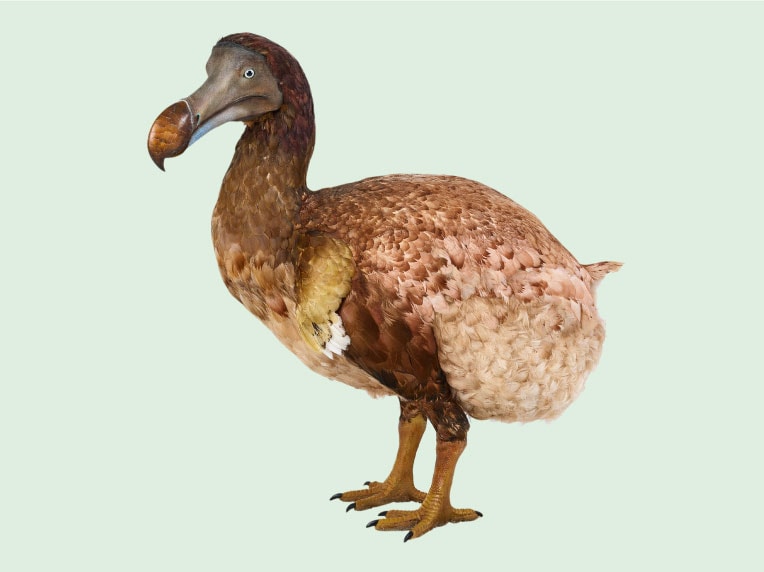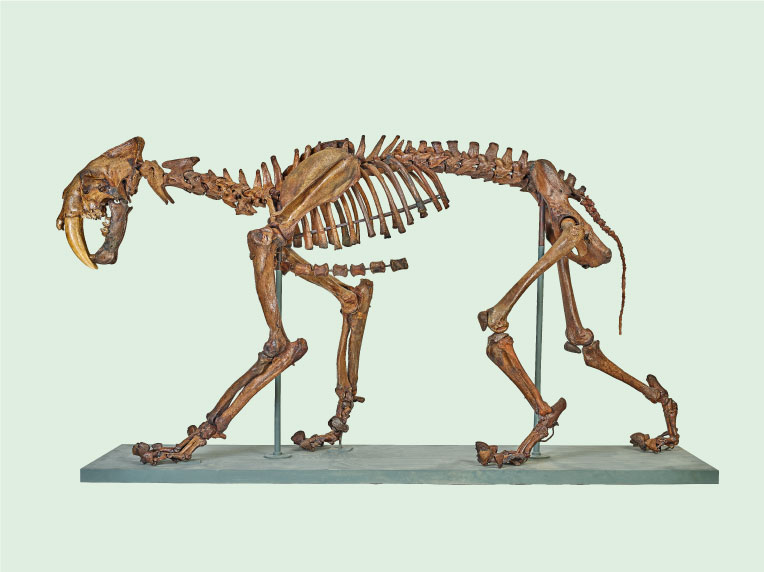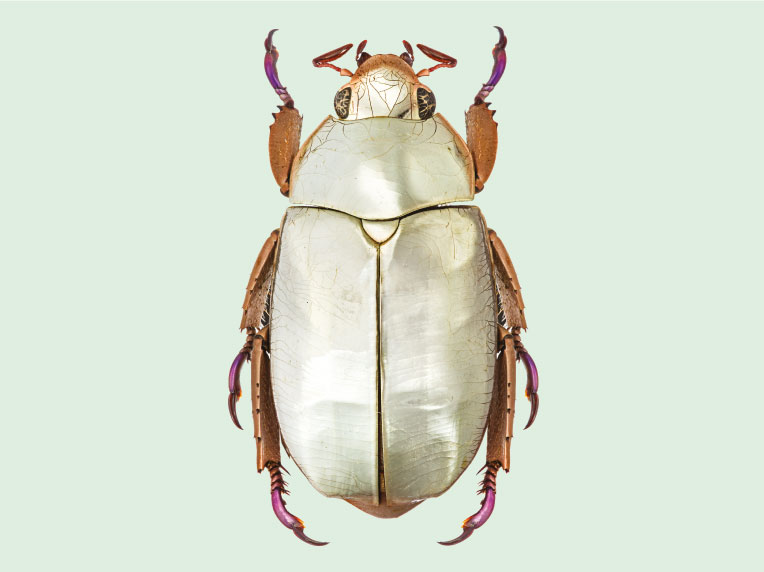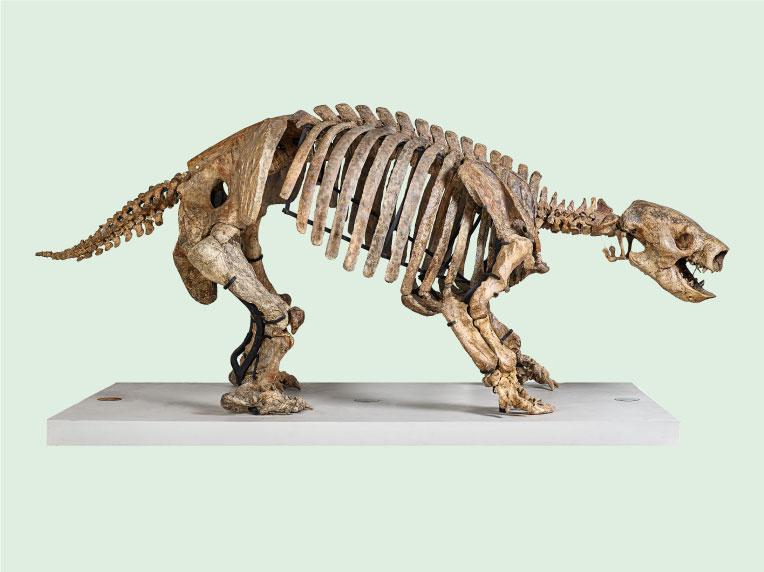Beauty and wonder can be found all around us. Living organisms have continued to thrive in all environments, be it the deepest seas or the frozen poles, on the highest mountains or in the hottest deserts. Over the last 3.7 billion years, life has evolved and bloomed to inhabit every corner of our planet. This rich diversity across genes, species and habitats, as well as life’s miraculous ability to find a way is one of earth’s true treasures.
Many of the treasures in this gallery reveal how the large variety of shape and guises taken by nature’s diversity is influenced by the environment and the species uncanny ability to adapt to it. Extinct creatures, such as the dodo, demonstrate the threat humanity poses to nature’s treasures, while the discovery of new species hints at nature’s ever evolving variety and ability to survive.
|

Dodo model


Sabre-toothed cat
USA
Pleistocene Period, 12,000 years old

Silver chafer beetle
Central America


Giant ground sloth
Argentina
Pleistocene Period, 12,000 years old
